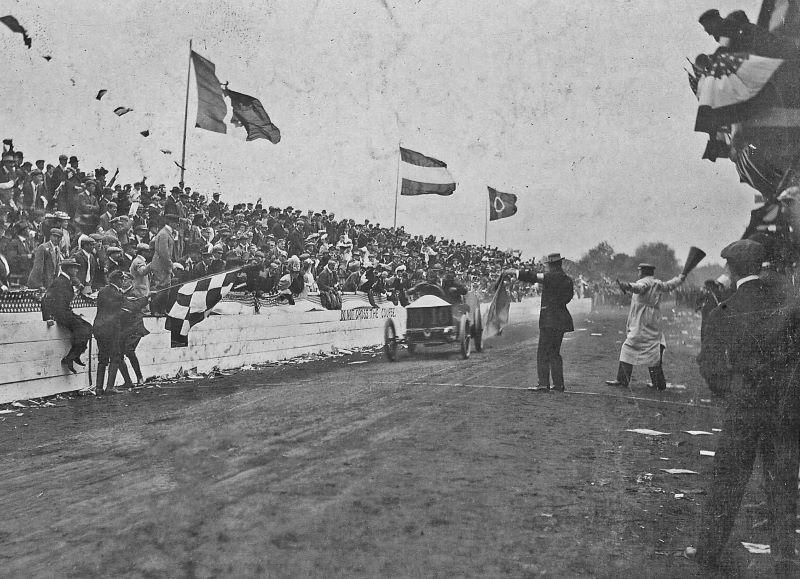A new exhibit at the Motorsports Hall of Fame of America (MSHFA), located on the grounds of Daytona International Speedway, will chronicle the history of racing flags, the museum announced, and highlight changes and contributions to the system, as well as the early days of race control.
Among the artifacts in the new MSHFA exhibit is a set of flags believed to have been used in the first Daytona 500 in 1959.
“We are extremely grateful to Floridian Jeff Gordon for the donation of these historic flags to the Motorsports Hall of Fame of America,” said MSHFA President George Levy. “Jeff is not the 4-time NASCAR champion but a longtime professional car owner and driver and great friend of the Hall of Fame.”
According to museum historians, it was clear from motorsports’ earliest days that race control needed a means to communicate quickly with drivers. Flags of different colors were adopted to the task and many of the flagmen that waved them were so vital they were among racing’s first non-driver celebrities.
A standardized flag set still in use today was put into service early in the sport’s history but evolved over time, MSHFA officials said. Today, a green flag starts the race. Red halts it. White means last lap. Yellow, caution. Black orders a driver off-track. A striped, blue flag says yield to faster cars. The checkered flag — of course — remains the universal sign for victory.
The 1906 Vanderbilt Cup is believed to be the first auto race at which a checkered flag was used to signify the winner and the race’s end. It has retained that role ever since. Other flags went through several permutations before arriving at their current meaning, according to the museum. At 1911’s Fifth Annual Race Meet at the Syracuse, New York State Fairgrounds, the official program explains that the red flag means “Clear Course.” White means “Stop for Consultation.” Yellow: “Stop Instantly.” Blue: “Accident on Course. Caution.” Even the green flag meant something different: “One More Lap to Go.”
